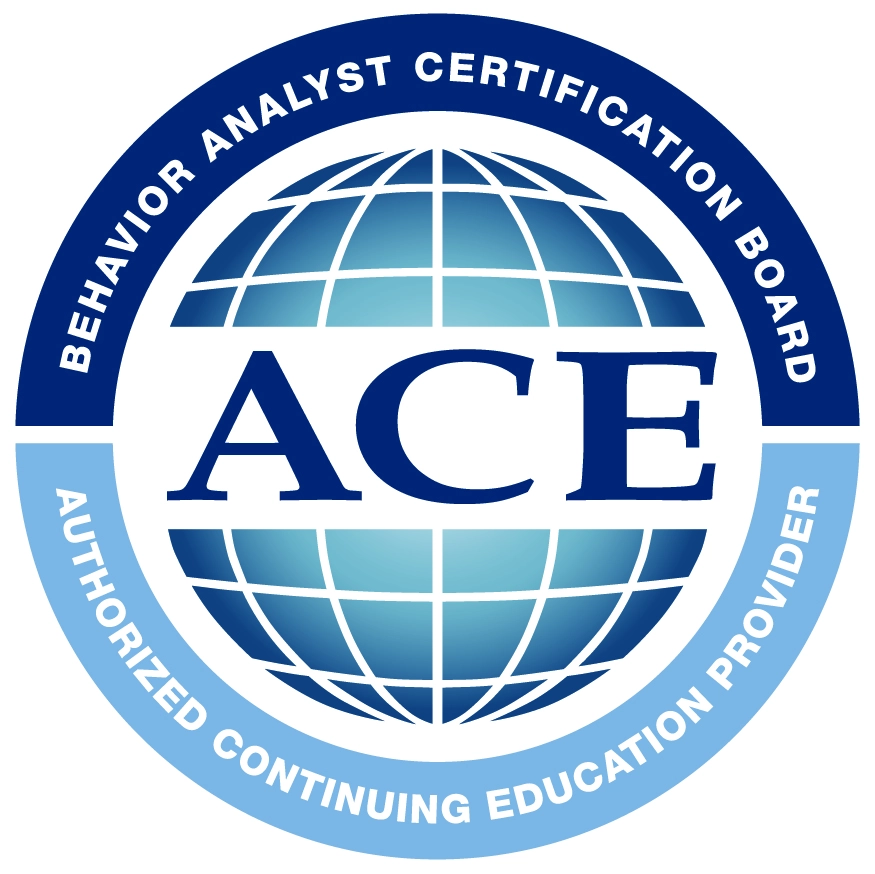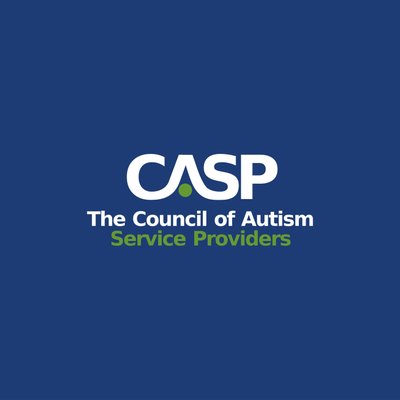Creating DIY Wooden Visual Supports for Children with Autism

Visual supports can be an excellent tool for children with autism, helping them understand and navigate their world. Here’s a simple guide on how to create your own wooden visual supports. What are visual supports for children with autism? Visual supports are visual cues that help children with autism understand and follow instructions, stay organized, […]
Understanding Autistic Inertia: A Guide for Parents
Autism spectrum disorder is a complex neurological condition that affects individuals differently. One aspect of autism that is often overlooked but is crucial to understand is ‘autistic inertia.’ Autistic inertia can be a significant challenge for those on the autism spectrum and their families, yet it remains relatively unknown and misunderstood. What is Autistic Inertia? […]
ABA Therapy in New York

A Comprehensive Guide to ABA Therapy in New York Applied Behavior Analysis (ABA) therapy is a widely recognized and effective treatment for individuals with autism spectrum disorder (ASD) and other developmental disabilities. In this comprehensive guide, we will explore ABA therapy in New York, including state regulations, insurance coverage, and where to find ABA therapy […]
Early Intervention for Children with Autism

Introduction Autism spectrum disorder (ASD) is a neurodevelopmental disorder that affects an individual’s social communication, interaction skills, and behavior. The symptoms of ASD can vary significantly among individuals, making it challenging to diagnose and treat. However, research has consistently shown that early intervention can have a significant positive impact on the lives of children with […]
Debunking Common Misconceptions About ABA Therapy

Debunking Common Misconceptions About ABA Therapy ABA therapy misconceptions Applied Behavior Analysis (ABA) therapy is a widely recognized and evidence-based treatment for individuals with autism spectrum disorder (ASD). However, despite its scientifically proven treatment and effectiveness, there are still many myths and misconceptions about ABA therapy. This article aims to debunk these misconceptions and provide […]
Autism and Hitting

Autism Spectrum Disorder (ASD) is a complex neurological condition that affects an individual or child’s ability to communicate, socialize, and perceive the world. While every person with autism is unique, some individuals may exhibit aggressive behaviors, such as hitting. This can be challenging for parents, caregivers, and educators, who are often left seeking answers and […]
Will My Child with Autism Be Able to Drive?

Autism is a neurological disorder that affects an individual’s ability to communicate, socialize, and perceive the world. It is a spectrum disorder, meaning that the severity and characteristics of the condition can vary widely from person to person. With this in mind, it’s natural for parents of children with the autism spectrum to wonder about […]
Autism and a New Baby

Autism and a New Baby: Navigating the Challenges and Embracing the Joy Bringing a new baby into the family is a joyous occasion filled with excitement, anticipation, and sometimes anxiety. When there is a child with autism in the family, these emotions can be amplified, and new challenges may arise. Parents and caregivers need to […]
How To Create an Accepting and Supportive Society for ASD
Introduction Autism spectrum disorder (ASD) is a complex neurodevelopmental condition that affects an individual’s social, communication, and behavioral skills. According to the Centers for Disease Control and Prevention (CDC), one in 54 children in the United States is diagnosed with ASD, making it essential for society to embrace autism inclusivity. Autism inclusivity refers to the […]
Developmental Milestones of a Child with Autism

Autism spectrum disorder (ASD) is a developmental disorder that affects communication, social interactions, and behaviors. Children with autism often exhibit delays or differences in reaching developmental milestones compared to their peers. Understanding these milestones and the potential signs of autism can help parents and caregivers provide the necessary support for their child’s growth and development. […]


